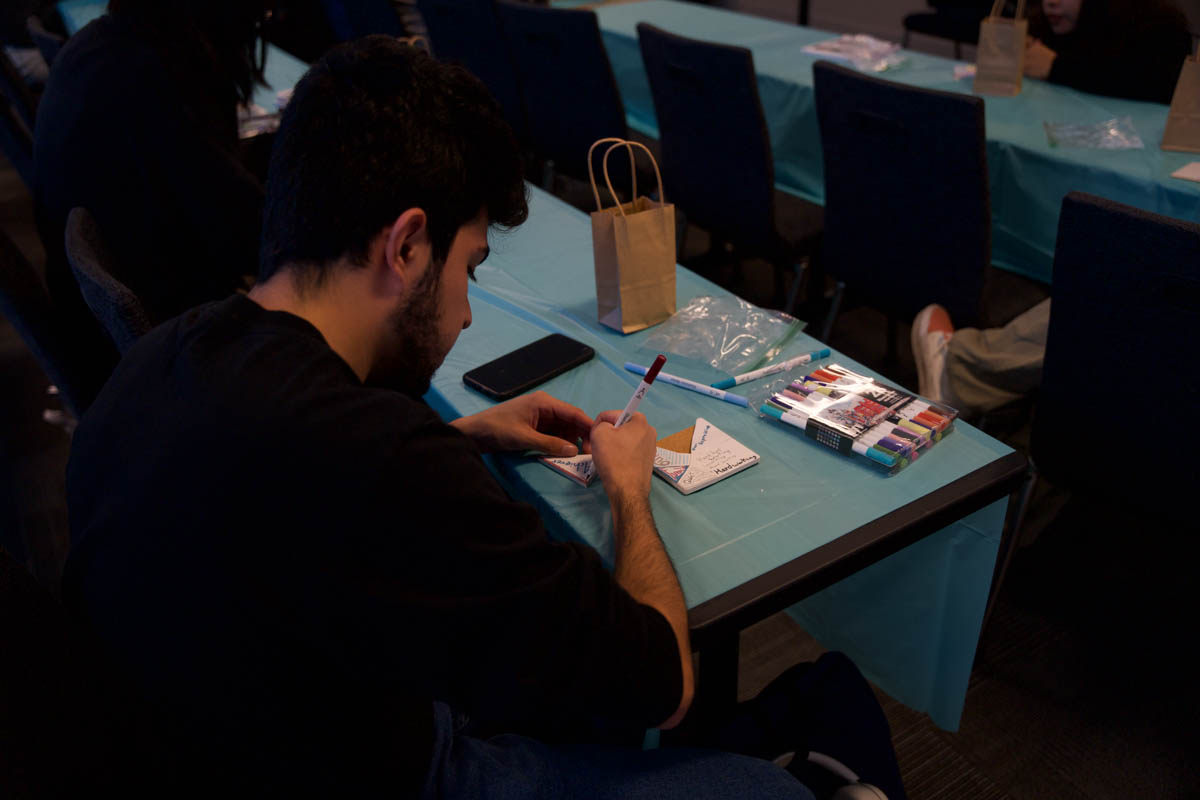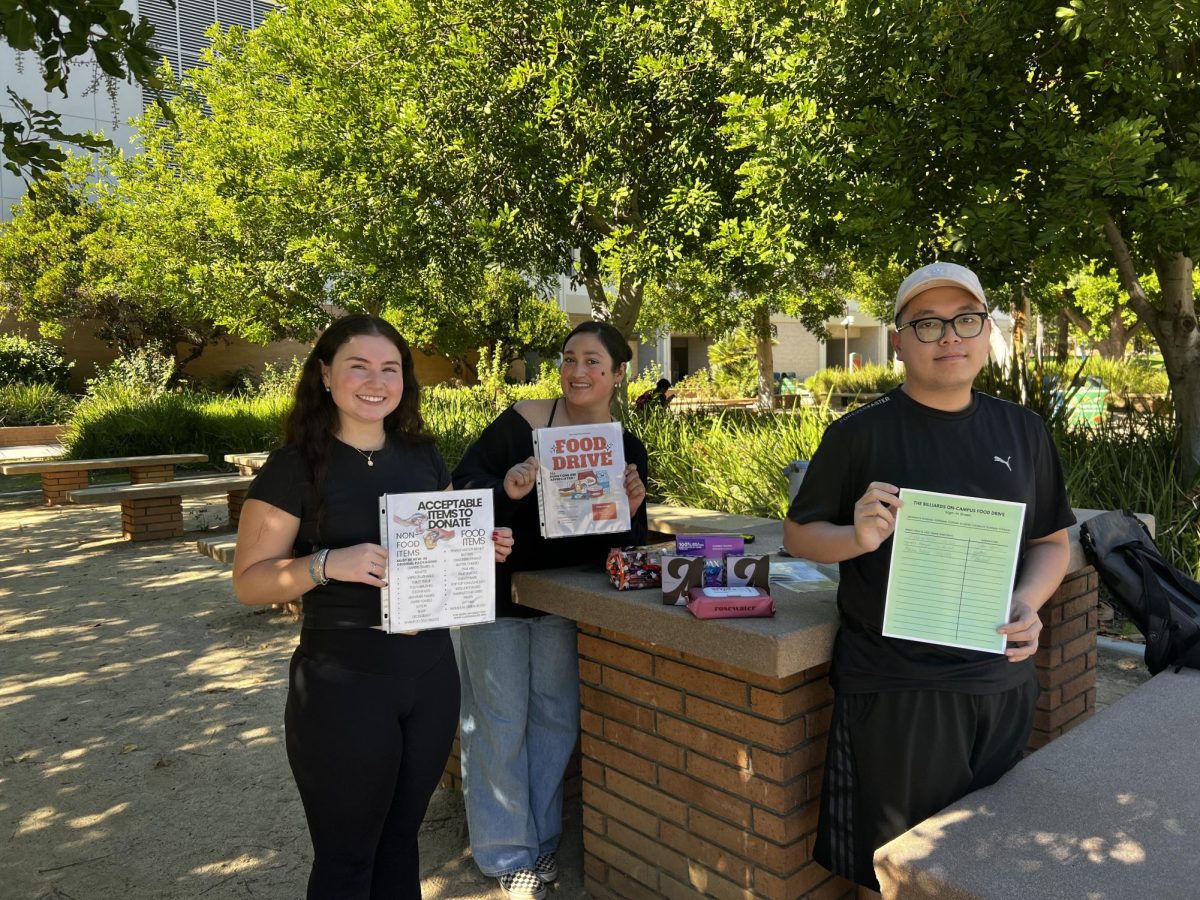CSUN plans to lower the population of students by one percent in the next four years, President Diane Harrison said in an email last week.
It was said at the recent faculty senate meeting that the details of CSUN’s proposed impaction plan remain in discussion, and efforts to clarify the new impaction measures to students are underway.
The proposal made to the chancellor’s office in January has set several community hearings to discuss this process. Upcoming meetings will attempt to gauge the public’s opinion on the issue of CSUN being 10 percent over the target number of students, given by the chancellor’s office, which is aligned to state funding.
“We want to have a tool to be able to control enrollment, to be in better alignment with the chancellor’s office enrollment target,” said vice provost Michael Neubauer. “Once [impaction is] granted, we can use or we can not use it [and] still decide to admit students at the minimum level.”
Other campuses CSU Fullerton, CSU Long Beach and Cal Poly Pomona, along with several in Northern California and in the San Diego area, are all impacted at either the major or campus level, said Neubauer. The campuses who have tried impaction say they have created a successful and effective way of managing enrollment.
The impaction measures, if approved, would begin with the 2016-2017 school year. This would affect undergraduate first-time freshman and transfer student’s local admission.
The plan would eliminate Ventura County, Orange County and some of Los Angeles County from the local admissions for the Tier 1 freshman. However, the plan would open up all three counties for transfer students, since they are not as heavily impacted.
“Due to past years of devastating budget cuts, the CSU has struggled to meet an ever-increasing demand for enrollment,” said Stepahnie Thara, public affairs communications specialist. “Declaring ‘impaction’ is one way to manage that demand.”
The Department Chair of Business Law, Melanie Williams, said for a number of years the state would give the CSU’s a target number of students, and if the CSU accepted more students than that, there were hopes that the state would give them more money, but that didn’t happen.
Williams said this made it harder for students to get the courses they needed.
“We’re trying to accommodate everybody, but we weren’t getting increased funding from the state,” said Williams. “If that strategy isn’t working, does it make sense to keep increasing the number of students in a really popular campus like Northridge, if you’re not [going to] get the money to support them being here?”
According to the California Master Plan of 2009 “the commission’s report principles stated to continually honor the Master Plan guarantee of access for all eligible undergraduates.”
Freshman students who enter the University of California system will represent the top one-eighth of the California public high school graduates. The Master Plan also said “the University should admit sufficient numbers of upper-division transfers to maintain at least a 60:40 ratio between upper and lower-division students.”
The Master Plan’s goal sought to ensure that one California resident community college student is enrolled for every two California resident freshmen. From 2009 to 2010 the enrollment was a 1:2.4 ratio.
However, the decrease of students from the impaction would lead to fewer students and less classes, creating minimal impact on campus finances.
Williams said this would help CSUN in having more money to spend per Full-Time Enrolled Student (FTES). The budget is set out in terms of FTES.
A full-time, enrolled undergraduate student has 15 units, but one student taking six units and another taking nine units, together could count as one FTES, according to the budget.
“If this all goes through as planned, we would eventually be getting an increase in the amount of money we can spend on each FTES,” said Williams. “That should mean a greater ability of courses for students.”
For the next four years, CSUN will try to bring its overall population of FTES down by one percent – approximately 300 students less – and will make adjustments to the policy along the way to try and achieve the target, while the Chancellor’s office will increase the target number by one percent each year, said Neubauer.
CSUN will hold a community meeting to discuss impaction of first-time freshman and transfer students on March 5. From March 9-11, CSUN will also host community meetings to discuss the issue at various community colleges. Those unable to attend the hearings can leave comments at http://www.csun.edu/impaction, and the comments will be summarized and sent to the chancellor in the March 16 report.










